Mythology
-
In the ancient Egyptian pantheon, the goddess Heqet was revered as a potent embodiment of fertility and childbirth. Her influence stretched from the Old Kingdom through to the Ptolemaic period, owing to her vital roles in fertility, agriculture, and funerary rites. Notably popular among women, Heqet was often called upon for safeguarding during pregnancy. Investigating…
-
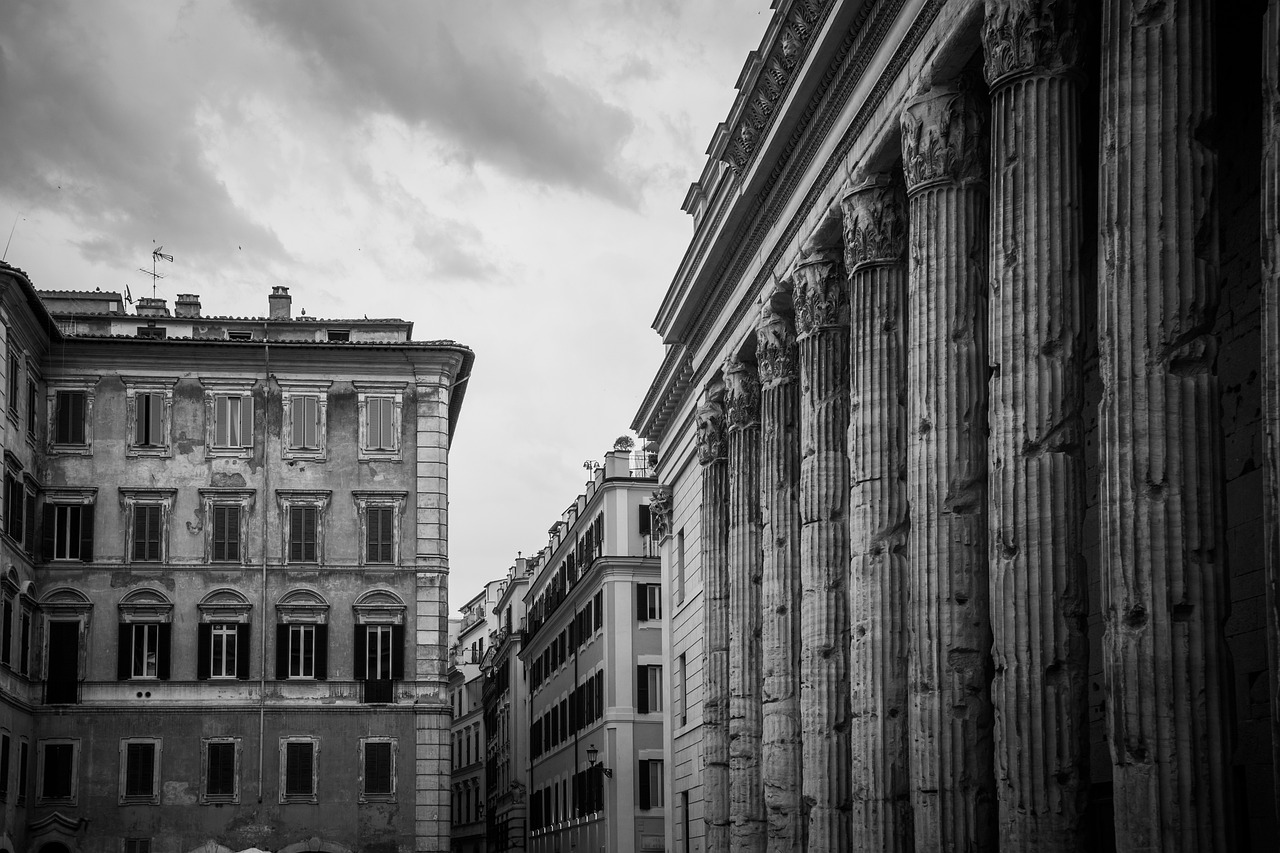
The Roman Temple of Évora stands out as one of the most significant and well-preserved relics from ancient Rome in the Iberian Peninsula. This remarkable structure earned its UNESCO World Heritage status in 1986 and serves as a prestigious emblem of the city, representing its rich Roman heritage. Visiting this temple, commonly misidentified as the…
-

In Roman mythology, Vesta is revered as the goddess of the hearth, paralleling the Greek deity Hestia. Given the early Roman community’s struggle for a reliable source of fire, the perpetual hearth flame acquired immense significance, both in domestic and civic life. From ancient times, Vesta held a vital position in worship, celebrated within households…
-
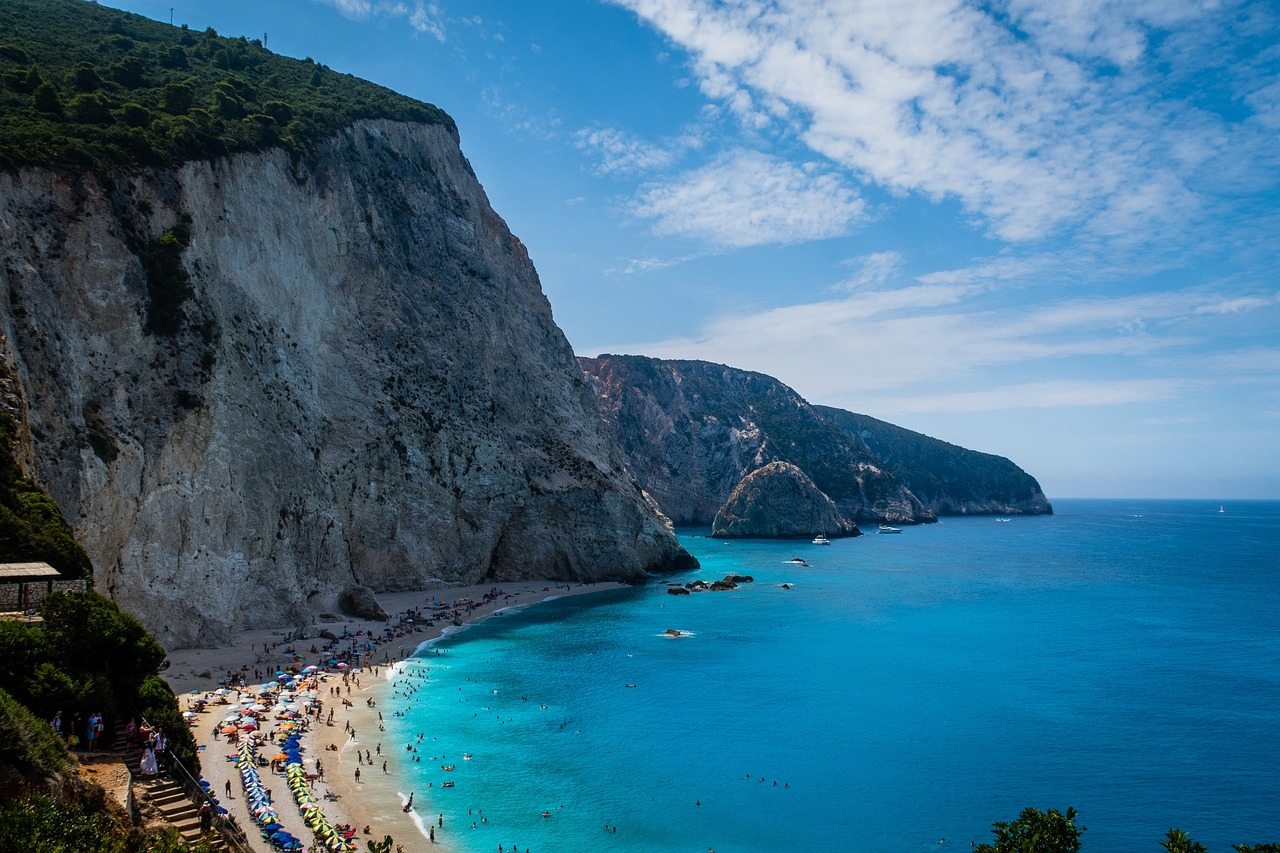
Greek mythology encompasses the tales surrounding the deities, heroes, and customs of ancient Greece, and it prevailed throughout Classical antiquity. Although figures like the philosopher Plato during the 5th to 4th centuries BCE recognized that these myths featured substantial fictional elements, most Greeks regarded them as genuine narratives. The impact of Greek mythology has been…
-

Introduction Throughout history, various states such as Byzantium, the Holy Roman Empire, and Russia have been likened to the Roman Empire, often considered its successors. In the modern context, the United States stands out as the sole contemporary parallel. The Roman Empire operated as a global superpower against the Parthians, while the U.S. faces its…
-

The central theme of STARZ’s American Gods revolves around the clash between the Old Gods, whose influence wanes as their followers diminish, and the ascendant New Gods that embody contemporary values and technology. One intriguing representation of this conflict is Vulcan, the Roman god traditionally associated with fire and metalworking, who cleverly evolves in response…
-
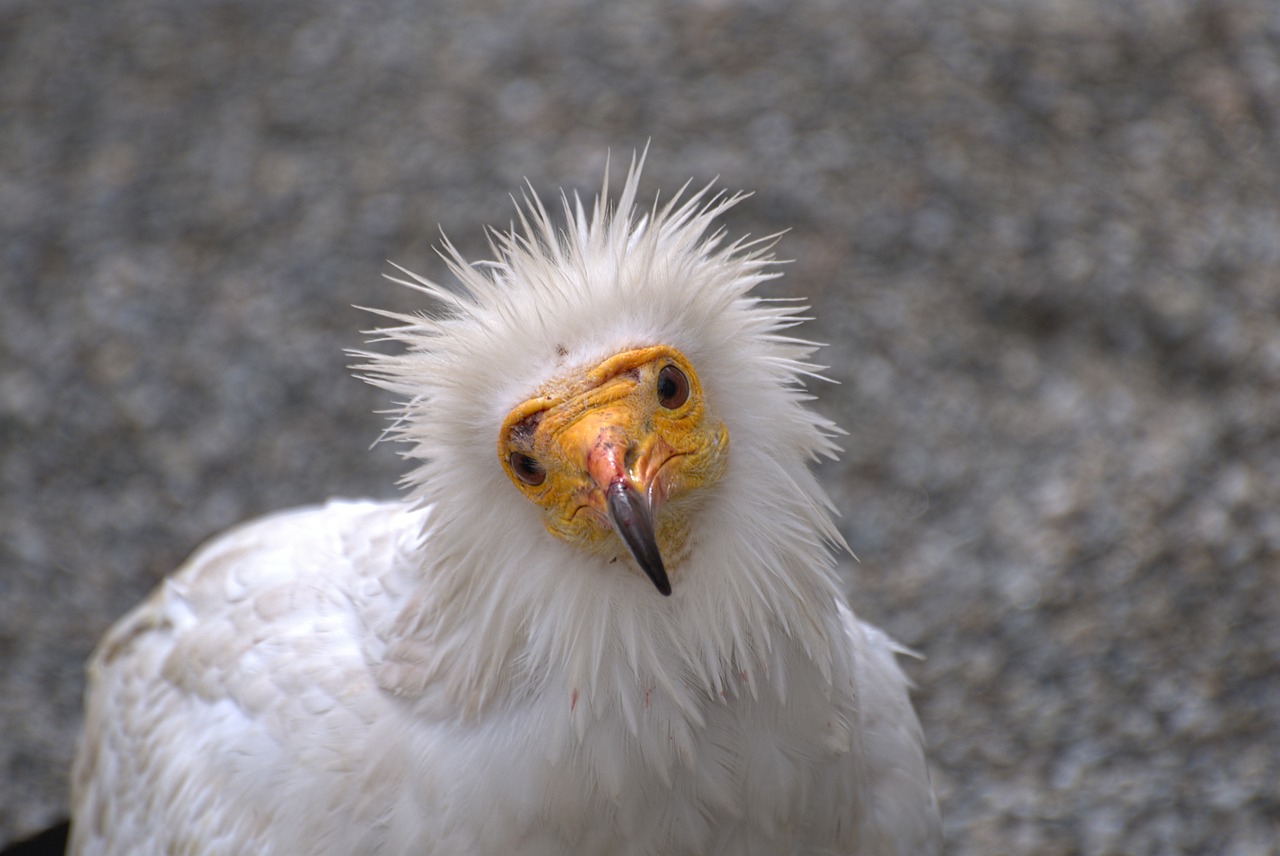
Isis, the Egyptian goddess associated with love, magic, healing, fertility, and the moon, was a crucial figure in the religious framework of ancient Egypt. Also known as Aset or Eset, her significance spanned from ancient Egyptian times through various cultures, including Greek and Roman beliefs, where she was often likened to the Virgin Mary in…
-
This week, I decided to delve back into the rich history of Ancient Egypt, the theme of this blog! With my final two entries, I’ll explore my favorite region (Egypt) along with my favorite deity (hint revealed next week!). In this post, I would like to introduce you to the formidable Sekhmet. Names: Sekhmet, Sakhmet,…
-
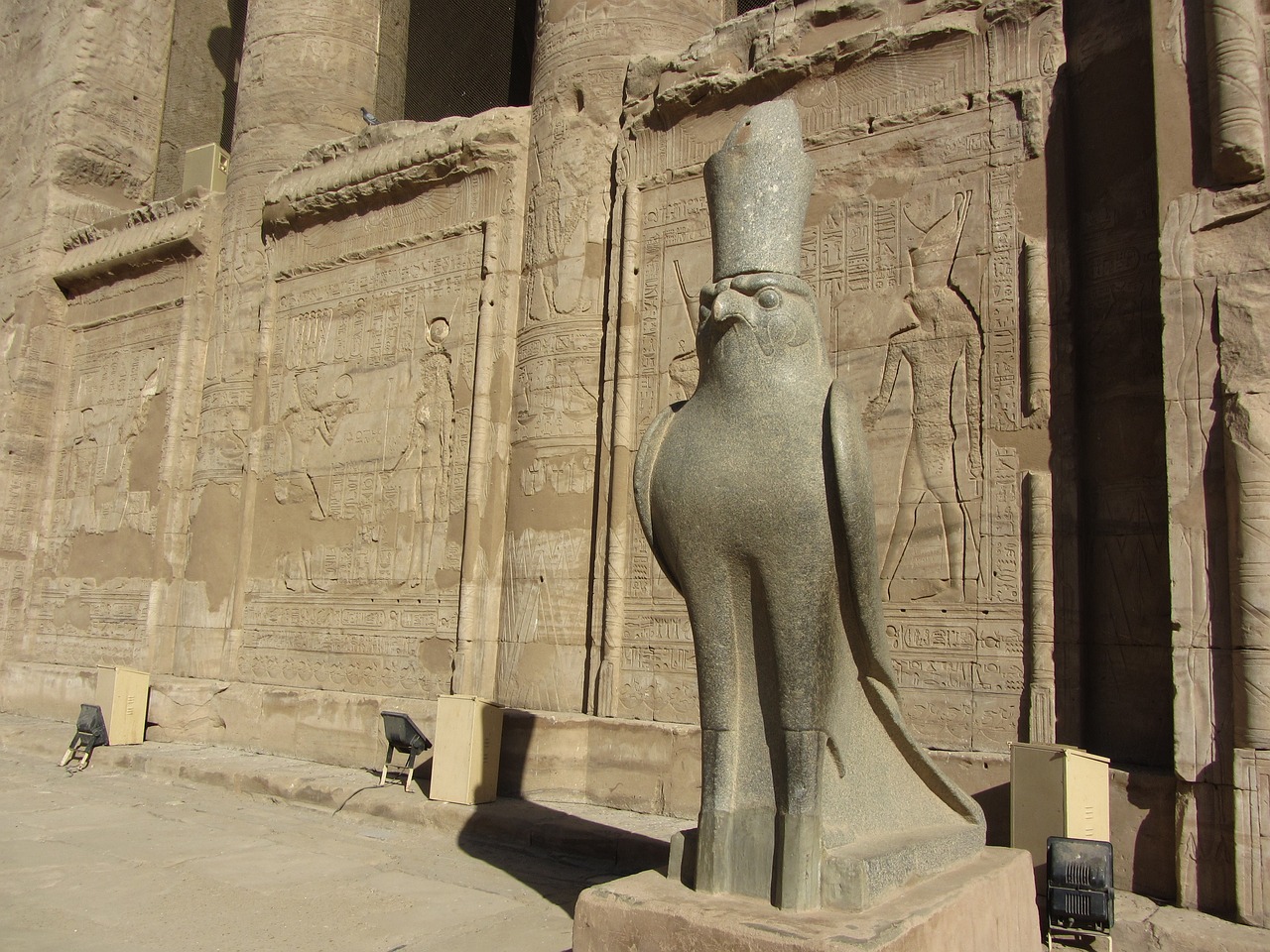
Insights into Ancient Egyptian Religion Defining Ancient Egyptian Religion Ancient Egyptian religion encompasses the indigenous beliefs that flourished in Egypt from as early as the 4th millennium BCE until the eventual decline of traditional practices around the first centuries CE. This belief system was intricately woven into the fabric of Egyptian civilization, particularly during the…
-
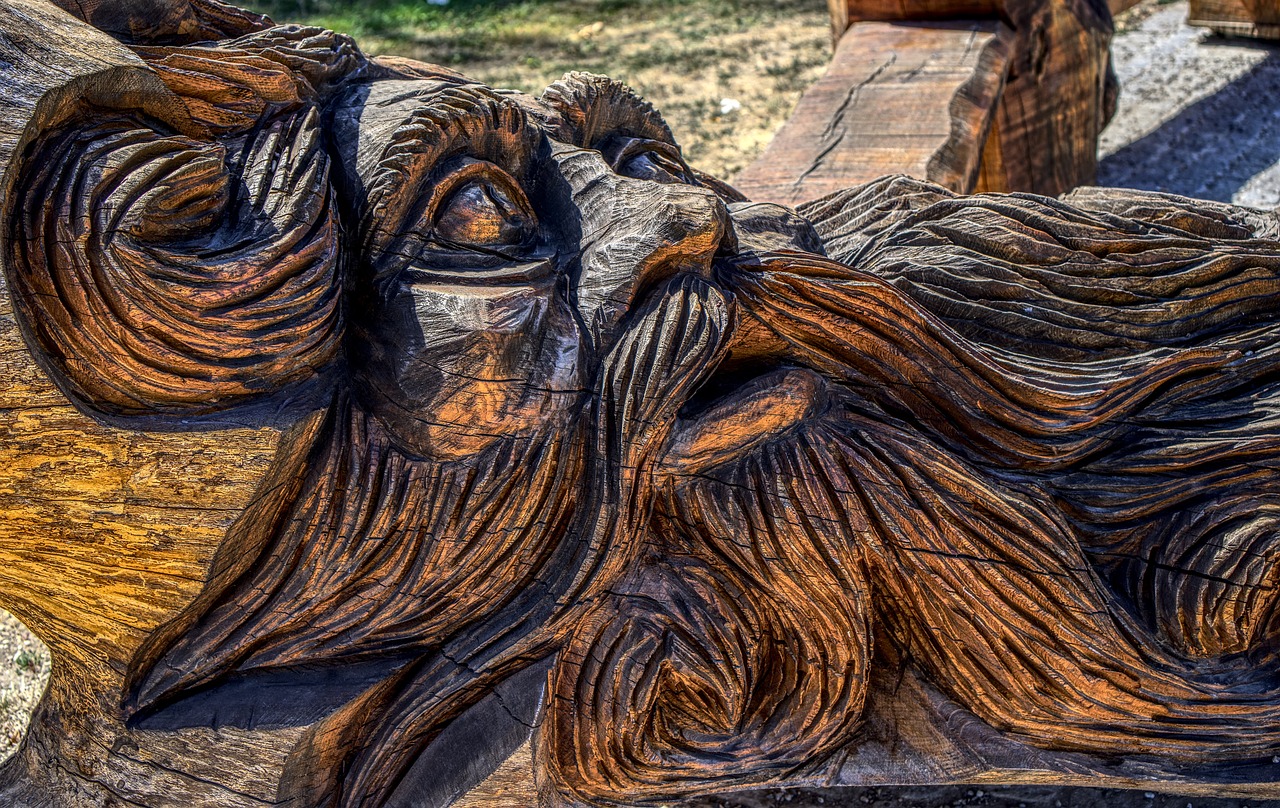
Neptune, a prominent figure in Roman mythology, was revered as the deity of the sea, freshwater, earthquakes, and horses. He parallels the Greek god Poseidon and played a vital part in the religious practices of the Roman populace. Often illustrated as an older man with a beard, Neptune is typically seen wielding a trident, his…


